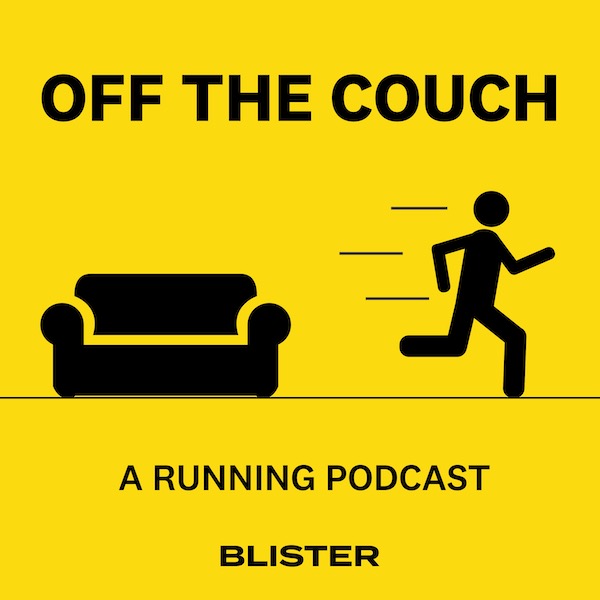


Leave a rating and / or review in the Apple Podcast app or on the Spotify app.
This free, 30-second action on your part lets us know you value all the time & energy that goes into producing & publishing GEAR:30, and it ensures that we can keep the show going.
How to Leave a Rating / Review on Apple Podcasts
- Open the Apple Podcast App
- (if you’re on your phone, simply click this link)
- Go to the icons at the bottom of the screen and choose “search”
- Search for “GEAR:30”
- Click on the SHOW — *not* the specific episode
- Scroll down to “Ratings and Reviews”
- Click on “Tap to Rate” and leave us a 5-Star Rating!
- Below that, you can click Write a Review if you’d like to share a few words
How to Leave a Rating on Spotify
- Currently, you can only rate a podcast in the Spotify mobile app
- (if you’re on your phone, simply click this link)
- Navigate to the GEAR:30 show on Spotify (not to a specific episode)
- Tap the star icon underneath the podcast description and if you like the show, leave a 5-star rating
- On Spotify, you need to listen to at least one episode before you can rate a podcast.
After years in the backcountry and a near-death experience, IFMGA Guide, Jeff Banks, wanted to build a tool that could simplify and improve the decision-making of any backcountry user. The result is Aspect Avy.
I sat down with Jeff to discuss how this app compares to and complements other backcountry tools; key features such as Adaptive Slope Shading and “No Go Zones”; how it accounts for human factors; different types of risk; the general state of tech in the backcountry; and more.
RELATED LINKS:
Download Aspect Avy for FREE
Blister Rec Shop: Boulder Orthotics
Get Covered: BLISTER+
VIDEOS: BLISTER YouTube Channel
Invest in Aspect Avy
TOPICS & TIMES:
Jeff’s Background: IFMGA & Nordic (3:10)
Jeff’s Near-Death Experience (6:15)
Intro to Aspect Avy (9:18)
Adaptive Slope Shading (10:31)
No-Go Zones, Coaching Tool, & Runout Zones (13:21)
Human Factors (19:17)
Adaptive Tools (23:20)
Who’s It For? (30:32)
Tech & Backcountry Skiing (46:26)









Super cool project!
Sounds like it shares a concept with Skitourenguru tour ratings found in Switzerland, right?
As Jeff mentions right in the beginning, one of the problems with using (digital) maps to calculate slope angles is the resolution of the input data. Most maps do not mention this information. For example, USGS maps have a variety of source data, with varying levels of resolution, but, it is not clear when using a digital USGS map what the resolution of land measuring was.
How does Aspect Avy deal with this?
Aha. I had time to listen to the remainder. It only works for the areas that have the LIDAR data.
Will there be an Android version of this app? I think I only see an Apple version so far.
This sounds like a really excellent tool and approach. Unfortunately I’m a Californian and my region isn’t covered by detailed LIDAR data, so I can’t really try it yet.
I can attest to having participated in an “AIARE 1 map-transfer fiasco” just as Jeff described. Avoiding that alone might make this worth a paid sub.
One additional remark: I’m only AIARE-I certified, but I’ve read all of Tremper’s books and several others front to back and read some of the more recent journal literature (i.e. I have “Holiday Express level knowledge, so take with a grain of salt).
I’ve become deeply convinced of exactly what Jeff says: Trying to diagnose a snowpack during a tour via ECTs or whatever is a fool’s errand. Those are incredibly useful as part of a comprehensive snowpack monitoring regime over time and informed by extensive knowledge of the history of the local conditions, but at least for somebody like me they’re just “safety theatre” when done as a go/no-go test for a single tour. Conditions like deeply buried weak layers can be very “patchy” (specific to certain aspects, altitudes, and localized topography) and without detailed local history I can’t possibly know where to look. Even if I did have a sense of where to look I’d probably have to dig many pits
Where I do see pits and ECTs being useful is if I’m concerned that conditions have changed in a way that the forecasters couldn’t anticipate, thereby potentially reducing the predictive value of tools like AspectAvy. I can use ECTs as a means of sanity-checking that the snowpack remains consistent with the forecast narrative (which to me is even more important than the bottom-line risk rating). Of course good old common sense can cover a lot of that anyway, as in “if it warms up a lot more than forecasted then BOLO for wet slides”.
The good news for me is that I tour in the Sierra, so my problem sets are typically a lot simpler than in Colorado. True “spookiness” is extremely rare.